If you want to have a lawn but do not want the hassle that happens while taking care of it, you can choose a low-maintenance lawn grass. Choosing low-maintenance law grasses can save you from having to mow, fertilize, or water excessively. If you’re not a fan of having law grass either, you can choose some great alternatives that will save you even more work.
Below, we present some low-maintenance law grasses or grass alternatives that homeowners can have in their yards.
Qualities of low-maintenance grass
Lawn grasses can be called low-maintenance if they have one or more of the following qualities:
- Drought-tolerant: This is a type of grass that you do not have to water as much as you do the average lawn grass. So, it saves a lot of work, time, and water too. It also saves you money.
- Does not need fertilizer often: A grass that does not need enough fertilizer is saving your work and money.
- Does not need mowing often: Some grasses grow more slowly than the rest, thereby reducing the number of times in the growing season that they need to be mowed. This saves wear and tear on your lawn mower, as well as the energy needed to work on it.
- Holds up well to traffic: Some grasses better withstand foot traffic from people and pets.
Also, Read 20 Plants That Thrive in Dry Conditions for Sandy Soil
Low-maintenance grasses for your yard
-
Buffalo Grass
This grass doesn’t need to be watered often and it’s also totally up to you to mow it or not. But it has its cons as it grows in clumps, meaning your lawn won’t be even to be walked on regularly.
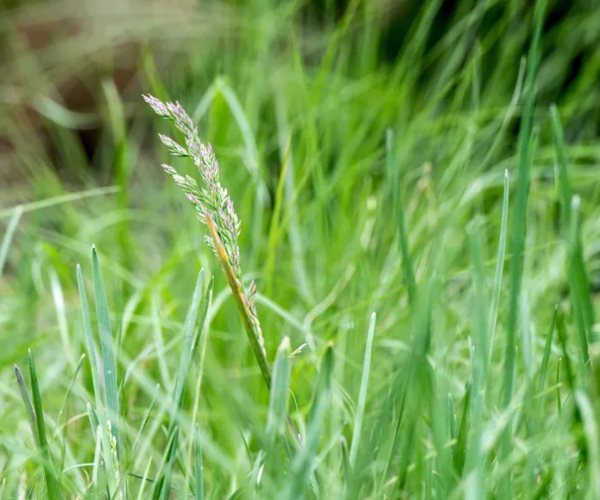
2. Moss
If your lawn is mostly shady, moss is a great alternative to grass. Many lawn grasses prefer good sunlight but moss thrives in shade in it. Another great thing is that moss doesn’t mind the acidic soils that most lawn grasses hate. The greatest benefit of having moss in your lawn is that it doesn’t have to be mowed.
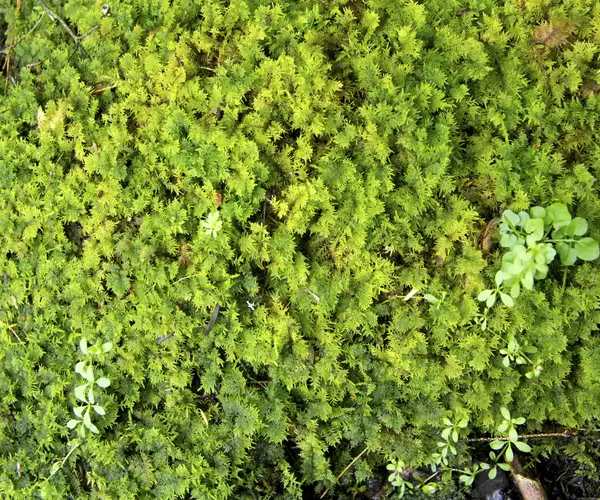
3. Clover
Clover is a low-maintenance plant as it doesn’t need mowing too often, making it a popular low-maintenance lawn grass alternative. Since it is a nitrogen-fixer, it doesn’t need fertilizing often. Clover is also popular for being drought tolerant.
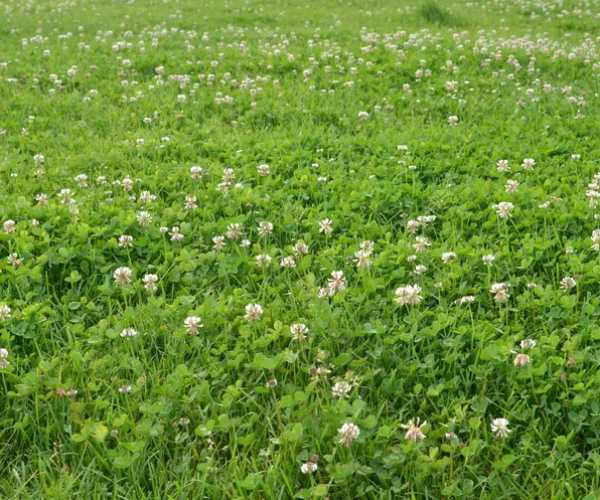
4. Creeping Thyme
Many gardeners love the idea of growing creeping thyme as a lawn grass alternative because it makes pretty flowers, they feel it is superior to grass aesthetically.
While this plant can not tolerate heavy foot traffic, you can occasionally walk on creeping thyme without harming it. While walking on it, you will smell its wonderful smell. People who hate mowing will love the idea that it doesn’t have to be mowed.
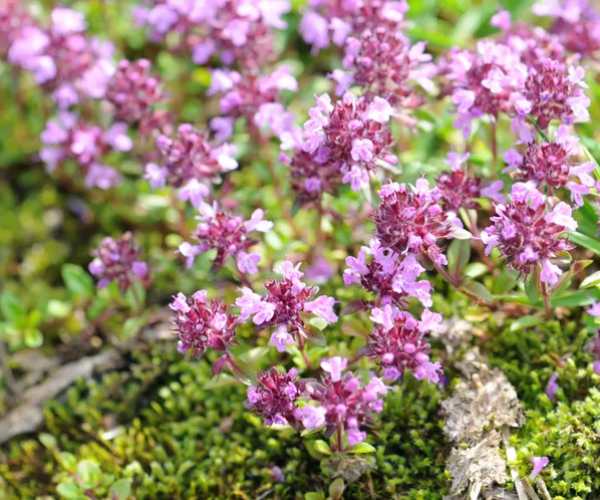
5. Sheep Fescue
Fine fescues come from the larger group of fescue cool-season grasses. Its types include creeping red fescue, chewing fescue, hard fescue, and sheep fescue. Unlike many types of grass, sheep fescue doesn’t need frequent watering, fertilization, or mowing, making it a nice low-maintenance lawn grass.
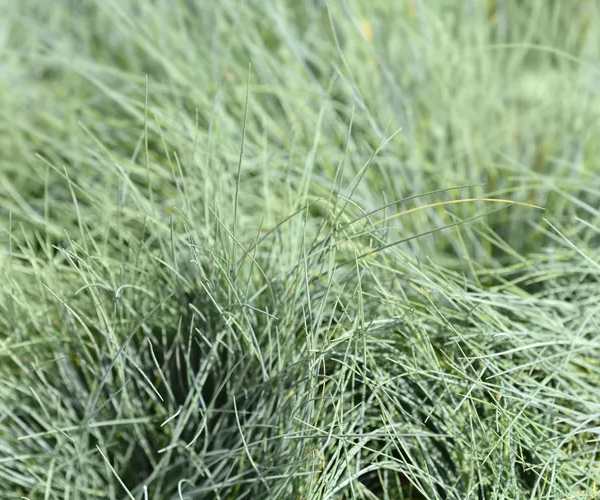
6. Ornamental Grass
Ornamental grass is not suitable for walking, so it isn’t a great lawn substitute. Despite that, if you want an area with an attractive plant that you do not need mowing, ornamental grass could be the perfect low-maintenance alternative for your lawn. Blue Fescue grass is an example of short ornamental grass.
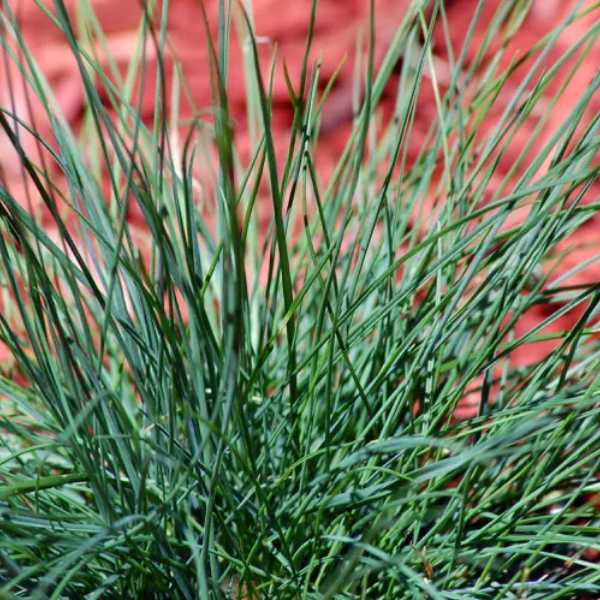
7. Bermuda Grass
While Bermuda grass is not the lowest-maintenance plant, it is a popular one in the South. Its biggest quality is that it is drought tolerant but it may spread out of control, which is its biggest con. So you have to keep that in mind if you’re thinking of growing it near flower beds.
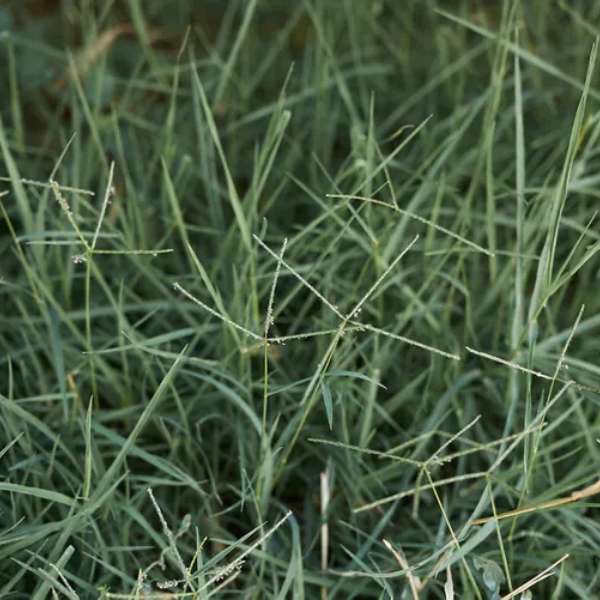
8. Zoysia Grass
Zoysia is a good option in warm-season grasses if you want a low-maintenance one. It tolerates drought and foot traffic, nor does it require large amounts of fertilizer.
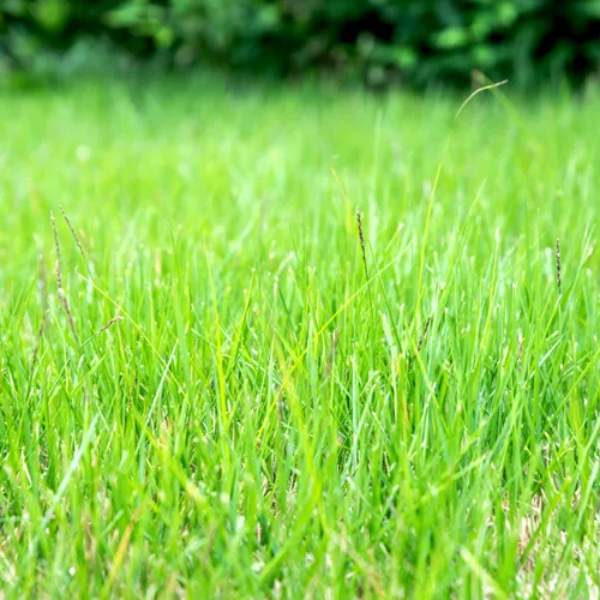
9. Tall Fescue
Tall Fescue is a cool-season grass that loves warmth. Because of that, it tolerates heat better than some cool-season grasses. One con is that, it grows in clumps so it sticks out like a sore thumb in a mixed-grass lawn composed of other grasses that form a uniform mat. Other than that, it tolerates foot traffic, drought, and even some shade, making it a highly adaptable and low-maintenance lawn grass.
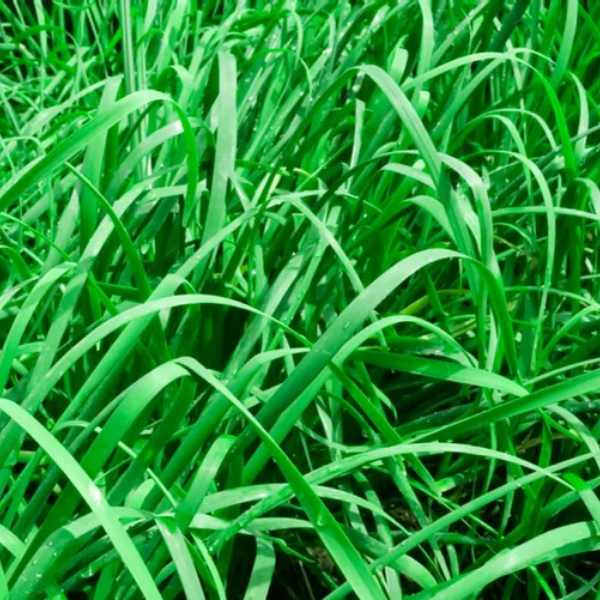
10. Centipede Grass
Centipede grass is warm-season grass and needs less fertilizer than most lawn grasses. However, remember that this grass does not tolerate heavy foot traffic.
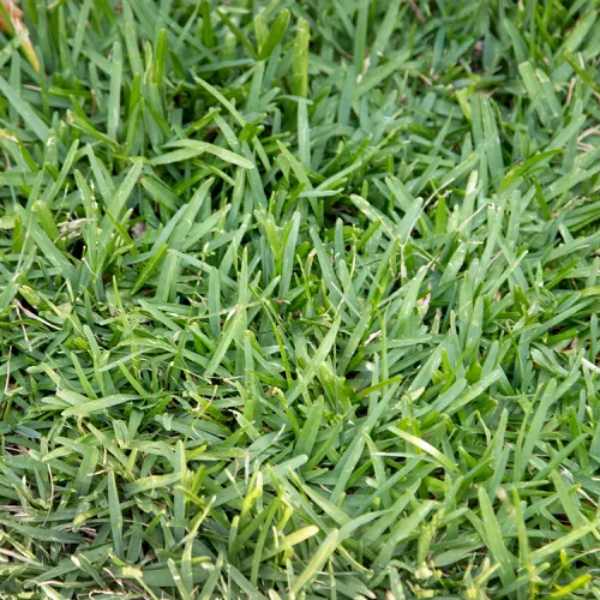
11. St. Augustine Grass
St. Augustine grass is also a popular warm-season grass and doesn’t need mowing often. It also tolerates good shade. However, this is not as low-maintenance as Zoysia.
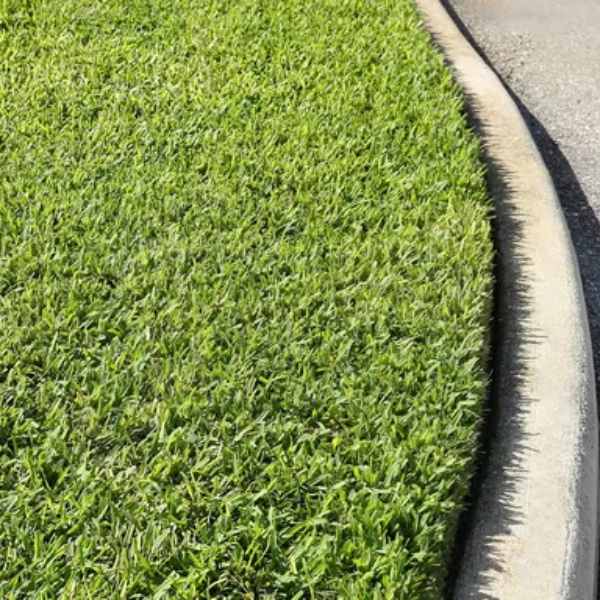
12. Black Mondo Grass
Black Mondo truly isn’t grass but its leaves come in the form of blades, like grass. This grass is truly an eye-catcher because of its unusual color. It is short, so there is no need for mowing but it won’t tolerate constant foot traffic, though, so grow it as you would an ornamental grass.
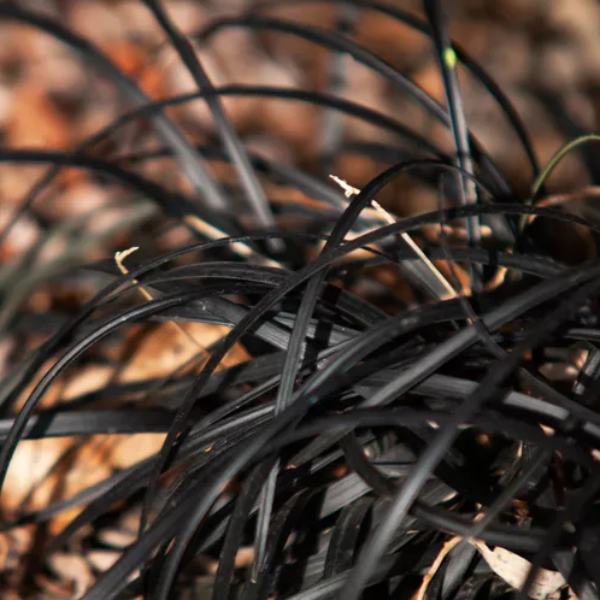
13. Bahia Grass
This low-maintenance plant doesn’t need watering often. It can easily be grown in soils too acidic or infertile for many other types of lawn grass.
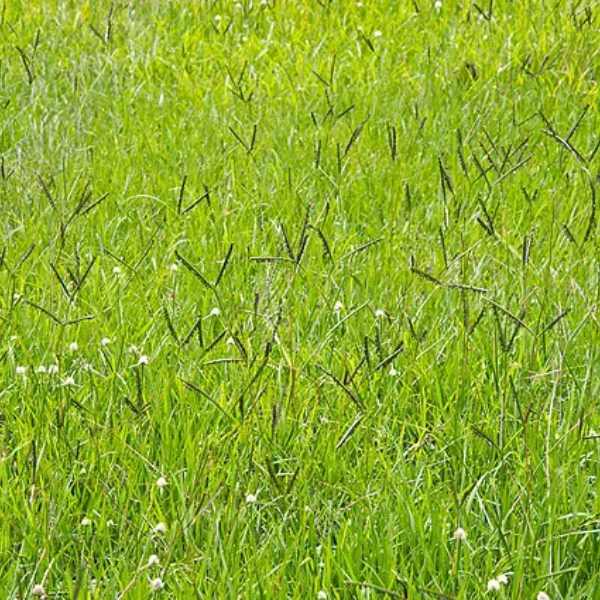
14. Sedge
There are many types of sedge and some are so short that you do not have to mow them. They are not grasses but they do resemble grass. These are among the plants that grow in wet soil as well.
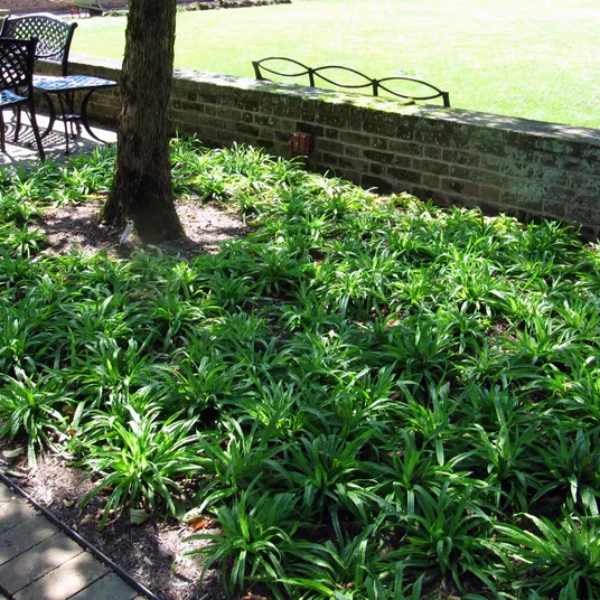
If the area where you want to have a lawn is wet, then you will have to look after the drainage to grow true grass. But if you’re okay with a substitute, you can grow sedge as a low-maintenance grass alternative.
15. Creeping Red Fescue
One of the finest fescues, creeping red fescue doesn’t need watering or fertilizing very much. This cool-season grass is also shade-tolerant.
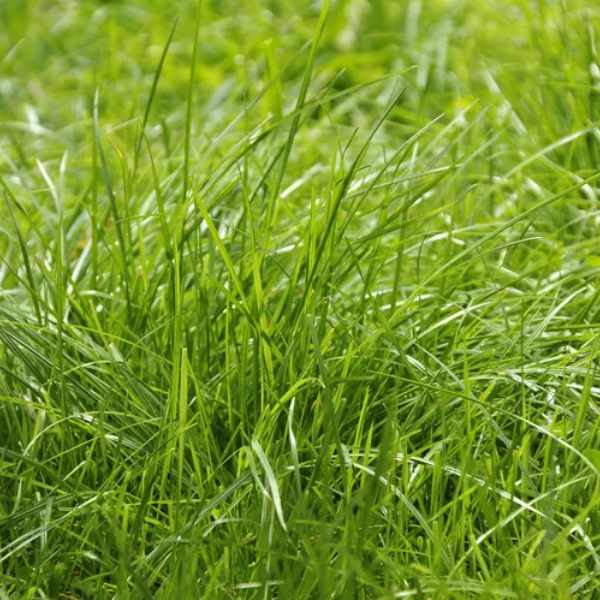
How to choose the right grass for your zone?
Just as other plants are chosen according to the zones that suit them, different lawn grasses are also selected according to different zones. In the case of lawn grasses, there are three zones:
- Cool-season zone: This is typically the northern part of the s states in the U.S. If you’re confused, just imagine a straight line drawn across the U.S. starting in the middle of California’s coast and extending across the northern part of Virginia to the Atlantic: everything above that line is part of the cool-season zone.
- Warm-season zone: This essentially lies in the southern tier of states in the U.S. Think of a line drawn across the U.S. starting around the southernmost part of California’s coast and extending to the northernmost part of South Carolina’s coast: Everything under that line is the warm-season zone.
- Transition zone: The remaining land across the nation in between those two zones is the transition zone.
If you want low-maintenance grass for cooler climates, fine fescue and tall fescue are great choices. If you’re from a warm-season area, you have many warm-season grasses as zoysia and Bermuda grass.
Buffalo grass is suitable for a wider range of climates than most grasses. Although it is a warm-season grass, it can be grown in colder climates—it just won’t look nice in the cold-weather portion of the year.
FAQs
Q: What is the most low-maintenance grass?
A: The easiest grass to manage is buffalo grass. It is extremely hardy, drought-tolerant, and low-mow.
Q: Which grass needs less watering?
A: Drought tolerance is especially important in the South, so it’s not surprising that one of the grasses that need to be watered least often is the warm-season grass, Bahia grass.
Also, Read Deer-resistant Annuals: Colorful Plants for Sun and Shade
